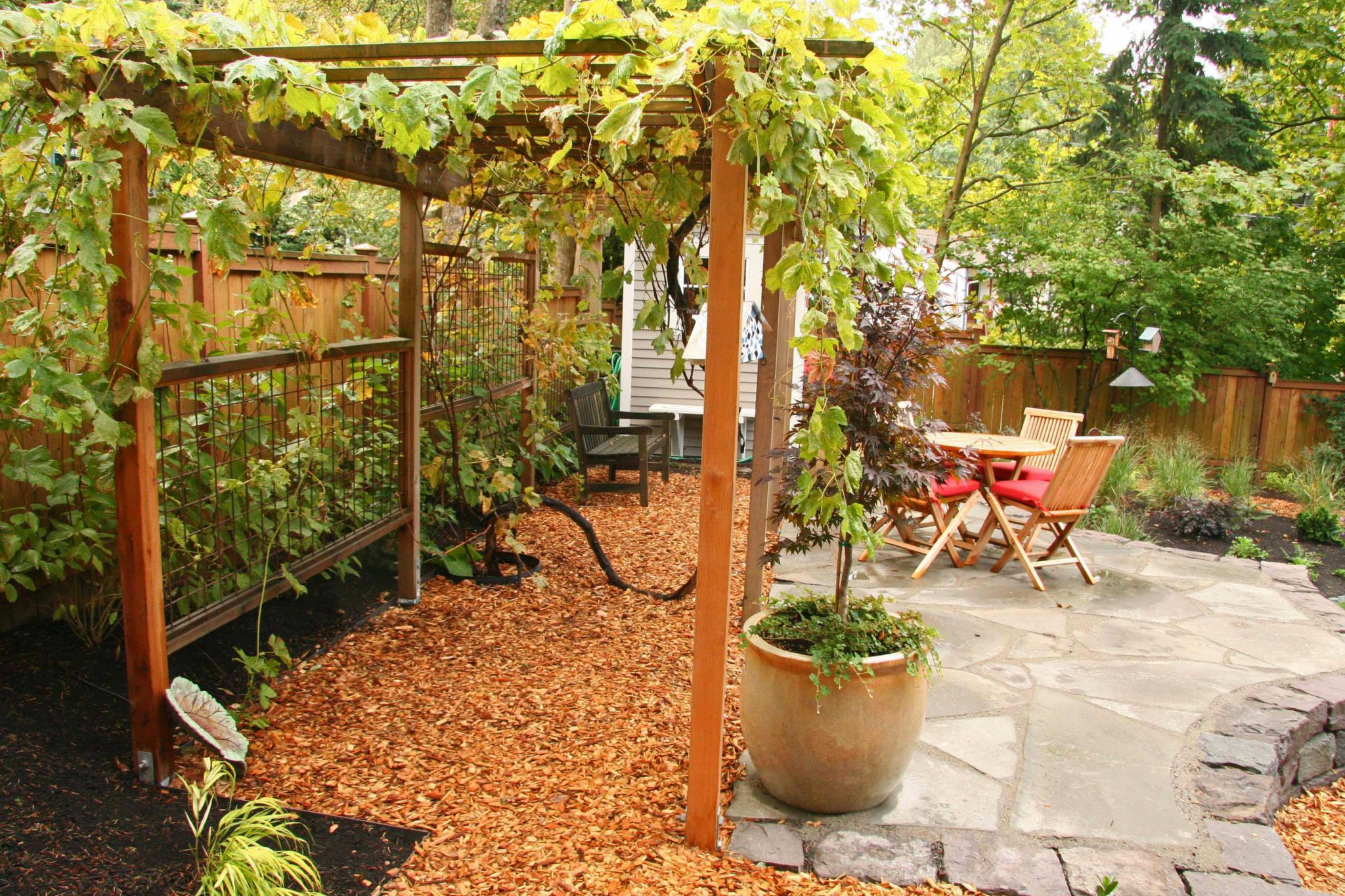

Ĭalifornia’s first raisins were made from ‘Muscat of Alexandria’, a traditional European raisin grape that has relatively large, seeded, berries and a muscat flavor. Despite the declines in planted area, CA remains the largest global raisin producer, accounting for ≈30% of world production in recent years. Poor prices and high labor costs initiated vineyard pullouts that continued even after prices improved due, in part, to potentially better returns from other commodities, especially nut crops ( Lapsley, 2011), and continuing labor shortages ( Calvin and Martin, 2010b). The land area planted to raisin grapes in California peaked in 1983 at ≈272,000 acres and has declined most years since then ( Fig. By 1904, the United States had surpassed Spain as the leading global producer of raisins ( Meyer, 1931). raisin industry soon became concentrated within a 30-mile radius of Fresno, CA ( Christensen, 2000a Meyer, 1931 Quaschnick, 2002). The earliest raisin crops were produced in northern California, near Davis, but the south-central San Joaquin Valley has a warmer and drier climate than the northern valley and is thus better-suited for making natural sun-dried raisins. The California raisin industry was established in 1873, following the development of adequate irrigation and transportation systems, and the introduction and distribution of appropriate grapevine cultivars ( Christensen, 2000a Meyer, 1931). This is a long-term strategy to further reduce labor needs by enabling mechanical pruning in winter and eliminating the need for cane severance in the summer.

Grapevine breeding programs are currently working toward the development of raisin grape cultivars with fruitful basal nodes, with fruit that dry naturally upon ripening. The DOV system could be considered a medium-term strategy: it is best suited for vineyards specifically designed for DOV, with early ripening grapevine cultivars on expansive trellis systems, which ensures timely drying, and capitalizes on the fact that sunlit row middles are not needed for fruit drying. The CT system could be considered a short-term strategy: it is compatible with existing conventional ‘Thompson Seedless’ raisin vineyards and has been widely adopted. In CT systems, machines are used to pick the berries, lay them onto a tray, and pick up the dried raisins. Most California raisins continue to be made in this way, but in recent years, the declining availability and increasing cost of labor has prompted many growers to implement one of two mechanized production systems, “continuous tray” (CT) or “dry-on-vine” (DOV).
#Grape trellis manual#
The drying fruit may need to be turned or rolled, tasks requiring manual labor, and the trays of dried raisins are also picked up by hand.

California’s traditional raisin-making method is a laborious process in which clusters of grapes ( Vitis vinifera) are harvested by hand onto paper trays, which are left in the vineyard to dry. Growers in California’s San Joaquin Valley produced >25% of the world’s raisins in 2012, with a farm-gate value of >$590 million, making the United States the leading global producer of raisins.


 0 kommentar(er)
0 kommentar(er)
